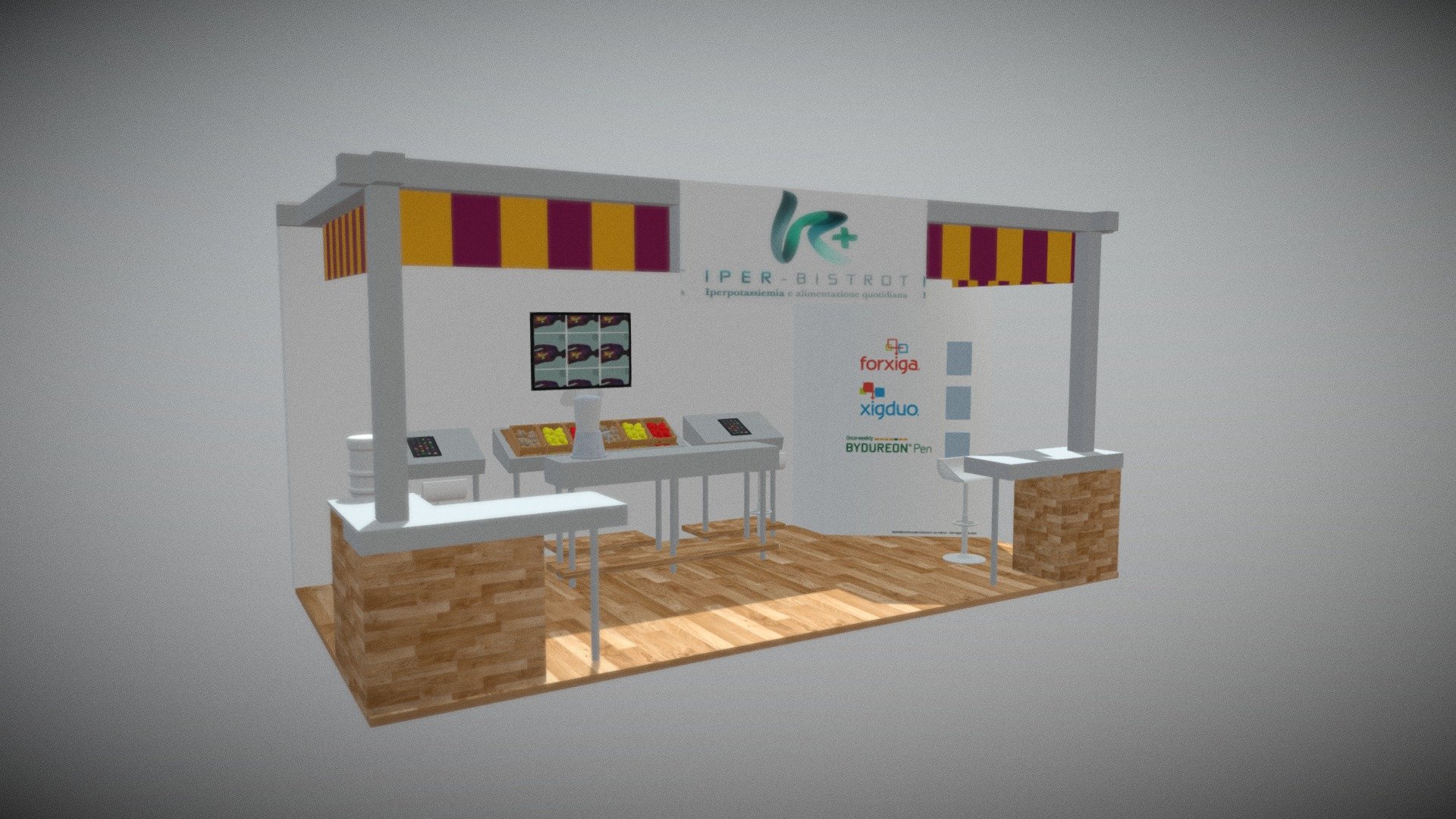
AZ SIN Rimini
sketchfab
The human body is a complex and highly specialized machine that has evolved over millions of years to perform an incredible array of functions, from breathing and walking to thinking and feeling emotions. At its core, the human body is made up of trillions of cells, each with its own unique set of instructions that determine everything from how tall we grow to what color our eyes are. The nervous system is a network of specialized tissues that transmit signals throughout the body, allowing us to control our movements, think and learn, and respond to our environment. It consists of two main parts: the central nervous system (CNS) and the peripheral nervous system (PNS). The CNS includes the brain and spinal cord, while the PNS includes nerves that branch out from the spinal cord and connect to other parts of the body. The circulatory system is responsible for delivering oxygen and nutrients to cells throughout the body. It consists of the heart, arteries, veins, and blood vessels. The heart pumps blood through the arteries, which carry it to the capillaries, where oxygen and nutrients are exchanged for waste products. The veins then return the deoxygenated blood back to the heart. The digestive system is responsible for breaking down food into nutrients that can be absorbed by the body. It consists of the mouth, esophagus, stomach, small intestine, and large intestine. Food enters the mouth where it is chewed and mixed with saliva that contains enzymes that break down carbohydrates. The food then passes through the esophagus and into the stomach, where it is mixed with digestive juices that break down proteins. The immune system is a network of cells, tissues, and organs that work together to protect the body from infection and disease. It includes the skin, which acts as a physical barrier against external pathogens; the lymphatic system, which helps to filter out waste products and foreign substances; and the spleen, which filters the blood for infected or damaged red blood cells. The respiratory system is responsible for bringing oxygen into the body and removing carbon dioxide. It consists of the lungs, airways, and diaphragm. The lungs expand and contract to take in oxygen-rich air, which then passes through the airways and into the alveoli, where it is exchanged for carbon dioxide.
With this file you will be able to print AZ SIN Rimini with your 3D printer. Click on the button and save the file on your computer to work, edit or customize your design. You can also find more 3D designs for printers on AZ SIN Rimini.
